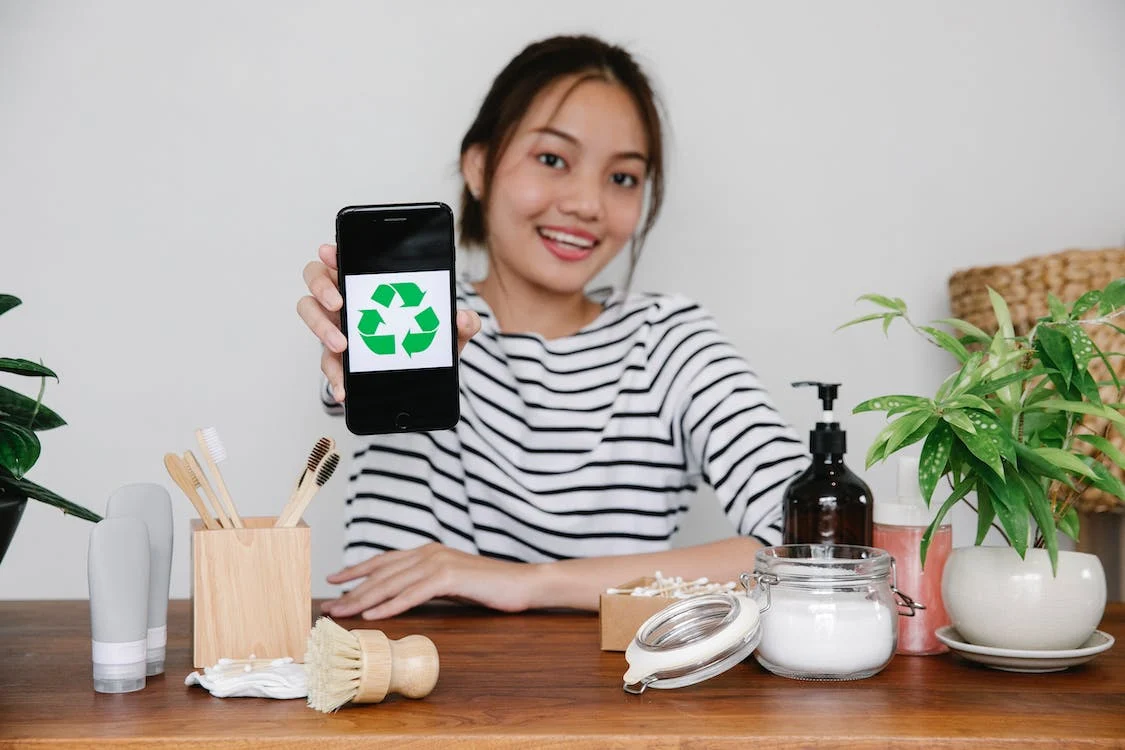Add Character to your Room and Reduce your Carbon Footprint with Sustainable Interior From Recycled Materials
Living in a sustainable home is becoming a growing trend and with so many technically advanced recycled materials being used in interior design, it makes it easy to reduce your carbon footprint while adding character and depth to your room. Can you really have both? Absolutely!
Using an array of recycled materials doesn’t mean sacrificing your personality. Whether you choose wood paneling or bamboo, you can find unique textures and shapes that will impress your visitors while minimizing your sustainability footprint! For example, upcycled leather is perfect for that boho vibe, while natural cork is cool and stylish in any traditional setting.
And what about practicality? Is environmentally friendly décor hard to maintain? Not anymore! Most sustainable materials are easy to install and maintain, like natural stone and cork, for example. And it’s not just decorative materials; you can find literally any kind of sustainable furniture for the perfect eco-friendly ambience.
Energy Efficient Lighting
Are you looking for more ways to reduce your carbon footprint when it comes to designing your interior? Why not add some energy efficient lighting to the mix? You can find lots of unique sustainable lighting options that add style and comfort without being excessive in terms of electricity consumption.
For instance, there are LED light bulbs that provide gentle and calming light, as well as solar powered lamps which are perfect for outdoor spaces or hallways. You can even get creative with the use of shelves and display units and add lightbox art for a truly unique atmosphere!
Sustainable Flooring for Your Home
Is there a better way to reduce your green impact when it comes to flooring? Yes! You can find numerous materials that can help you to create a great looking and eco friendly floor for your room. Sustainable flooring materials such as bamboo, cork, and linoleum are renewable resources, which means they can be renewed in a short period of time and used again.
These materials can be used for both indoors and outdoors, and they offer an array of designs, textures and colors to choose from. Plus, they are softer and warmer underfoot than traditional flooring, making them ideal for bedrooms or living rooms.
On top of that, there are a few options for fabrics, such as wood, wool and hemp that can be used for cushioning, curtains and other fabrics for your sustainable and cosy room.
Interior Wall Solutions Beyond Paint
Is there an alternative to traditional wall covering and painting? Yes! Wall coverings such as wood panelling, brick slips and clay tiles can be used to transform your walls while decreasing your carbon footprint. What’s more, these types of wall coverings provide a unique look and texture, making them ideal for any room or entrance.
These days, you can find eco friendly wallpapers much more easily than ever before. You can even find faux fur wallpapers for a quirky and contemporary feel. There is plenty of options for creating your own sustainable interior wall décor.
Finally, you can use ecofriendly adhesives such as corn-starch, soy-based glue and even recycled paper for a greener approach to your wall decoration.
Reduce Waste with Tiles
Tiles are a great way to create an eye-catching look and they are long lasting and easy to maintain. Today’s tile designs have come a long way, with many innovative and sustainable options to choose from. Look for alternatives to traditional ceramic or porcelain tiles like recycled glass tile, stone limestone or terracotta.
Apart from being environmentally friendly, everything from installation to cleaning is relatively easy. The tiles Come in many rugged and classic styles. Plus, you have the option to add accents and designs to truly personalise your interior.
And with versatile mosaic tile designs, you can get creative with shapes, sizes and colours to add an original touch to any wall or floor in your home.

